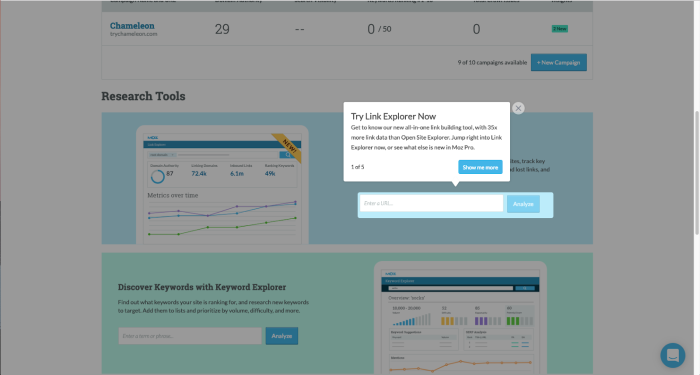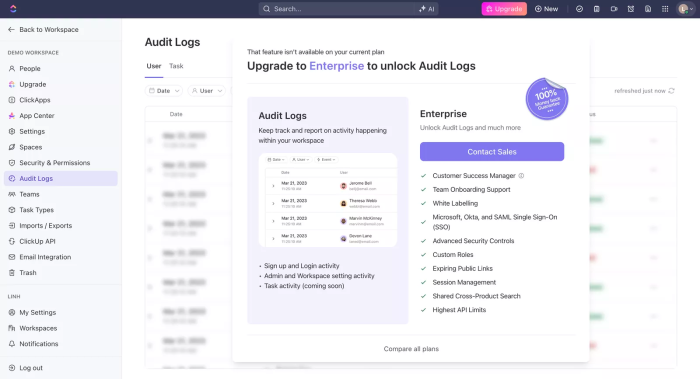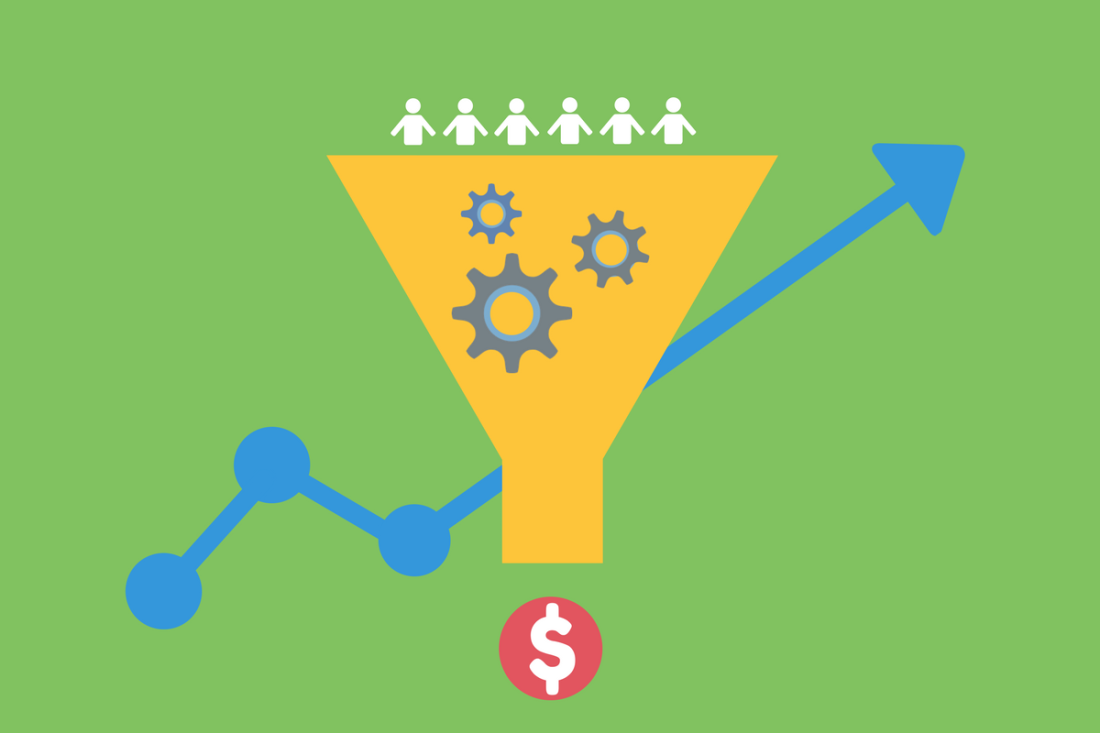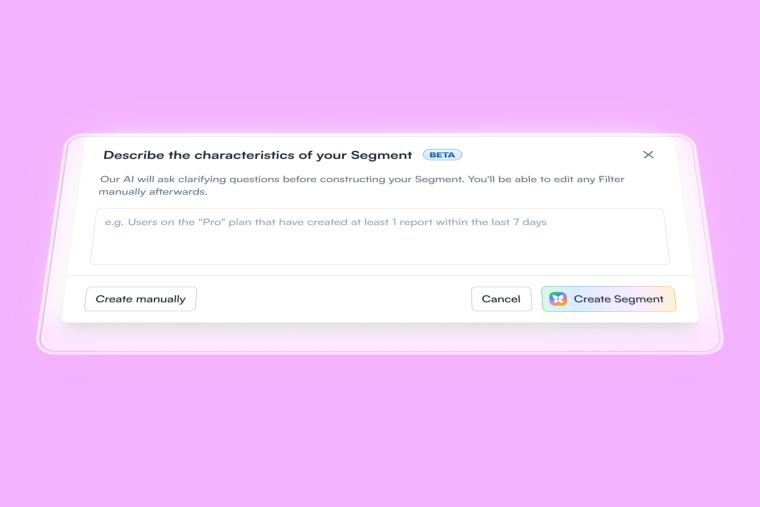Give your prospect a free trial, and you’ll help them finish their job for a day (or seven). Turn them into a paying customer, and you’ll have the makings of a long-term partnership.
Easier said than done.
People will take a lot for free. But the gap between free trial-ers and paying customers is deep and wide. The trick is to make it feel like they’re putting their best foot forward rather than taking a leap of faith. Not having enough developer resources to spare makes the matter even more complicated.
The good news: you can do more with less.
In this article, we show you eight free trial best practices to help your product-led company optimize free trial conversion rates. We’ve peppered in the best examples in the biz so you can see what works in the wild, and how you can do it too. You can also grab our free downloadable checklist on how to optimize free trial conversion rates.
Ready, set, jump in. 🦘
The importance of optimizing free trial conversion rates
Let’s get to brass tacks—what’s so great about improving free trial conversation rates anyway?
It’s fairly straightforward: free trial conversions turn leads into paying customers, which translates into more revenue for your business. It establishes recurring revenue streams, and let’s be honest—helps you do exactly what your product-led company set out to do—sell the dang product.
A SaaS free trial gets your foot in the door. But there are some glaring challenges that come with trying to turning your free trial user into a paid customer once the your free trial period ends:
Limited developer resources: It’s difficult to test features and see what works without developers to implement your potential solutions.
Friction in your onboarding experience: If free users don’t know how to use the product once they get the free trial, they’re less likely to convert. The value might be there. You just haven’t made it apparent enough.
The need for quick solutions: The clock is ticking. Once the free trial finishes, free users make a choice to become paid users or abandon ship. If you can’t swoop in with a good conversion strategy, they’ll wave so long to your product. 👋
Fortunately, there are some proven ways to smooth out the transition from SaaS free trials, with your ICP emerging as a paid customer.
8 Free trial best practices for SaaS companies
The key is to focus on what you can actually do to the user experience that doesn't require any coding at all. And there are quite a few options.
So here are eight ways to help get your users to their “Aha!” moment and increase your free trial conversion rate, all without requiring help from your engineers.
1. Simplify the sign-up process
For users to feel invited and encouraged, you need to make the barrier as low as possible. Any user who wants to get in should have an easy time doing so. That scene of Gandalf yelling, “You shall not pass!”? You want the opposite of that.
There are a few ways to make it happen:
Minimize required form fields: Nobody wants to spend time inputting their name, last name, date of birth, password, phone number, address, personal medical history, pet’s name, a secret incantation, three lines of code, and driver’s license number. It’s tedious, and it isn’t 2007. Also, your product isn’t Fort Knox.
Avoid mandatory credit card information: If users are signing up for a free trial, it can be invasive and offputting to ask for credit card information from the start. It feels like you’re putting your business’s needs above theirs. And they won’t take kindly to it.
Streamline UX: Less is more. Fancy bells and whistles won’t entice people to sign up, but simple, minimal designs prioritizing the user’s ease of sign-up definitely will.
Use social logins: Why not make sign-up literally “a press of a button”? Give users an option to log in with Facebook, Google, Microsoft, and Instagram accounts.
Here’s an example of Gtmhub’s sign-up form. No fuss. Just a simple form with minimal info required:

2. Personalize onboarding experiences
Not all users will need your SaaS free trial for the same tasks. Deliver tailored solutions and show them you care by personalizing your onboarding flow. You can do this by:
Leverage customer data: Segment your target audience and create a few onboarding flows for their jobs to be done. Ask them what they’ll be using your product for and present them with what matters.
Show welcome messages: Because nothing says “We’re glad you’re on board” than a warm greeting and a firm handshake. Yes, use their first name too.
Bring on the interactive tutorials: Take your users by the hand and guide them through the features they need from your product. They’re not just seeing the value, they’re participating in it too.
Here’s a grade A example of onboarding personalization done by G2. It’s a reminder that all you need to do is ask:

3. Utilize in-app guidance and tooltips
Users won’t pay to use your product if they don’t know how. That’s where in-app guidance and tooltips can become part of your free trial strategy.
They’re non-invasive, Santa's-little-helper-like guides that have the job of reducing your user’s confusion. Tools like Chameleon are no-code and let you highlight features with tooltips and interactive product tours.
Here’s how Moz used Chameleon tooltips to make their link explorer easier. Not to toot our own horn, but we think it’s pretty nifty—and so does Moz. 🥳

4. Leverage product-led growth strategies
Product-led growth (PLG) strategies are tactics where your product drives acquisition, retention, and expansion. PLG reduces reliance on traditional sales tactics and focuses on providing exceptional product value. Some of the best product-led growth strategies are:
Use feedback loops: Give free trial-ers a chance to give you feedback through product surveys. Then, implement changes to features and explain those same changes in your onboarding process. This lets you fine-tune your product for optimal value.
Incentivize upgrades: Offer exclusive features and communicate their value, offer discounts, and even extended trial periods to make upgrading more enticing.
Show them proof: Integrate testimonials, case studies, and reviews throughout the trial period. Don’t go overboard with too much, as it’s a fine dance, and you don’t want to risk overselling.
Tech giant Google still uses microsurveys to keep its feedback loop going, even for well-established platforms like Calendar:

5. Enhance product adoption rates during trials
A free trial is a peek into your entire product. Instead of waiting for users to buy, prioritize product adoption rates from the get-go. You can use in-app prompts to showcase additional functionalities they’re not getting and inspire some serious FOMO. These opportunities to upsell are like little windows where users can see into just how great your product is.
One example is ClickUp’s prompts for gated features:

6. Implement timely and relevant communication
While your product speaks for itself, users can’t always devote time to digging in. That’s why sending relevant communication based on user action or inaction can be helpful. For example, a user abandoning an onboarding task halfway might be a sign of struggle and frustration. In comes your email with relevant resources and tips to make the process easier. Crises averted.
Alternatively, you can use a welcome email to lay out the onboarding process for quick reference. SocialBee’s email, timed with sign-up, is a good example:

7. Analyze user behavior and feedback
You can’t improve your product to the point where people want to become paid customers unless you address all the barriers and hiccups that keep them away. That’s why you need to put your ear to the ground and listen to what your users have to say.
One way to do this is by using Chameleon’s microsurveys and Tour analytics. These in-app modules are non-invasive, give users a chance to speak their minds, and give you the data on a silver platter—yum, insights for dinner. Plus, Chameleon’s surveys integrate with big analytics tools like Mixpanel.
Here’s an example of Figma’s super cool microsurvey, serving as a major component of their product-led growth feedback loop:

8. Streamline the software sales cycle
The worst thing you can do is lose paying customers by keeping them lost in a drawn-out, seemingly never-ending sales funnel. While most leads will need some time to go through it all, encouragement and support ensure they don’t drag their feet. Instead, they’ll be running straight to your product.
The best way to do this is to offer resources to enable self-service as part of your free trial model. A user should be able to make their way through the funnel smoothly by realizing your product's value. Sure, your customer support and sales team can pitch in, but giving users a help center, blogs, and guides empowers them to do it without you, which is ultimately more efficient.
For example, Userpilot has a resource center on hand so users can read up and realize value quicker:

Chameleon helps improve free trial conversion rates
That’s a wrap on eight best practices for improving free trial conversions, all with nothing spent on developer teams.
You probably noticed that many of these free version best practices focus on user onboarding, which is essential for product adoption and minimal friction. With microsurveys, personalization, and tooltips, you’re setting up your free trial users for success while steadily guiding them into a paid plan.
Likewise, Chameleon provides a smooth, no-code, on-brand onboarding process that turns your sales funnel into a slippery slide of product adoption. With interactive demos, in-app guidance, and microsurveys, you have all the tools you need to transform your onboarding experience from “I’ll give it a go” to “I’ll give it my business.”

Drive your trial users to "Aha!" fast
Improve your free trial conversion rates with easy-to-build in-app experiences. Try for free.






